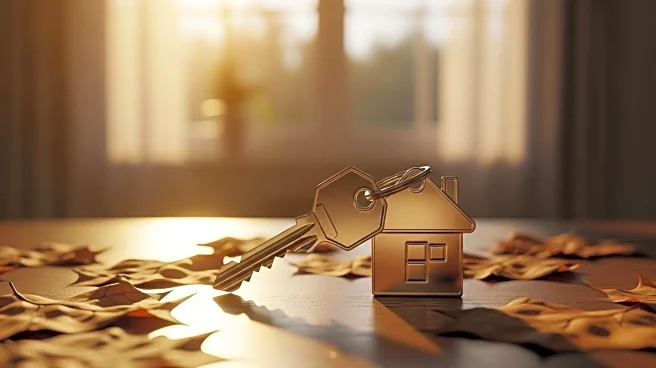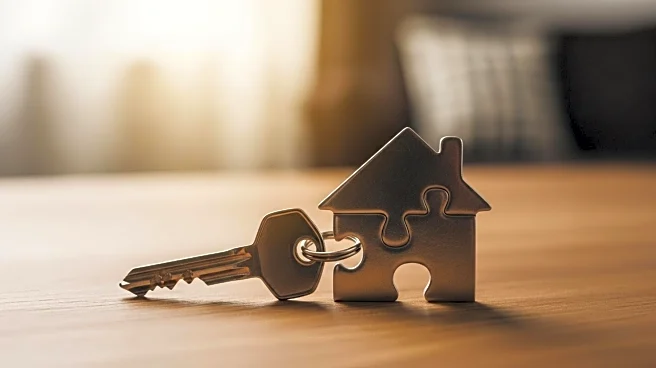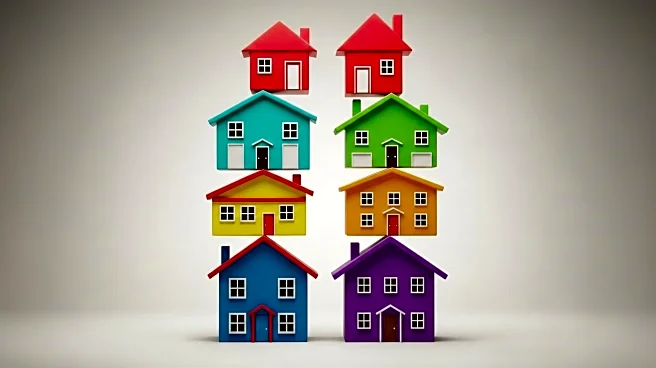What's Happening?
A recent analysis by Realtor.com has highlighted a significant shift in the U.S. real estate market, where $1 million is no longer sufficient to purchase a luxury home. The threshold for entering the top 10% of U.S. home listings has increased to nearly $1.3 million, a substantial rise from less than $800,000 in 2016. This change reflects dramatic inflation in luxury home pricing, with properties that were considered luxurious at $1 million nine years ago now commanding approximately $1.6 million. The top 1% of listings nationwide start around $5.4 million. The report also notes geographical variations, with Rifle, Colorado, and Heber, Utah, leading the rankings for entry-level luxury prices at $16.5 million and $6.8 million, respectively. Large metropolitan areas such as New York City and Los Angeles continue to dominate the market, with New York City having nearly 12,000 homes priced above $1 million.
Why It's Important?
This shift in luxury home pricing has significant implications for the U.S. real estate market and potential homebuyers. The increase in the threshold for luxury homes indicates a broader trend of rising property values, which could impact affordability and accessibility for many buyers. As the cost of luxury homes escalates, it may lead to increased demand for mid-tier properties, potentially driving up prices in that segment as well. This trend could also affect real estate investment strategies, as investors may need to adjust their portfolios to accommodate the changing market dynamics. Additionally, the concentration of high-value properties in major metropolitan areas underscores the ongoing urbanization and economic disparity between regions, which could influence future urban planning and development policies.
What's Next?
As the real estate market continues to evolve, stakeholders such as real estate developers, investors, and policymakers will need to adapt to these changes. Developers may focus on creating more affordable housing options to meet the demand from buyers who are priced out of the luxury market. Investors might explore opportunities in emerging markets or mid-tier properties that offer better returns. Policymakers could consider implementing measures to address housing affordability and ensure equitable access to housing across different income levels. The ongoing trend of rising luxury home prices may also prompt discussions on taxation and regulation to manage the impact on local economies and communities.
Beyond the Headlines
The rising cost of luxury homes may have deeper implications for social and economic inequality in the U.S. As high-value properties become concentrated in certain areas, it could exacerbate the divide between affluent and less affluent regions, potentially leading to increased segregation and reduced social mobility. This trend might also influence cultural dynamics, as communities with high concentrations of luxury homes may experience shifts in demographics and lifestyle preferences. Furthermore, the environmental impact of developing high-value properties in certain regions could become a concern, prompting discussions on sustainable development practices and the preservation of natural landscapes.











